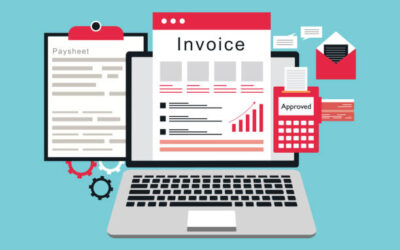Continue to drive growth and success with improved data accuracy, integrated billing and payment solutions, and more from Electronic Bill Presentment and Payment (EBPP).
Steps for Implementing Electronic Bill Presentment and Payment (EBPP) with your ERP System
read more

